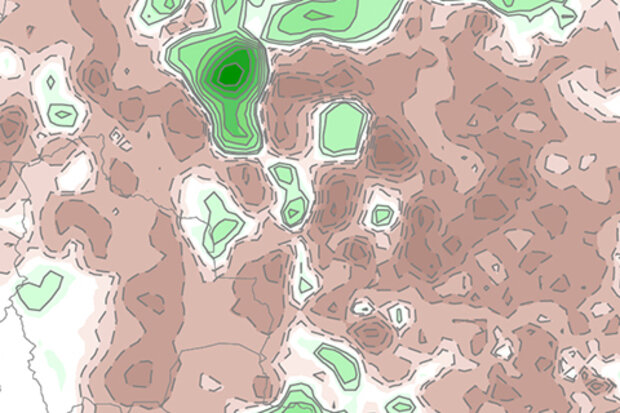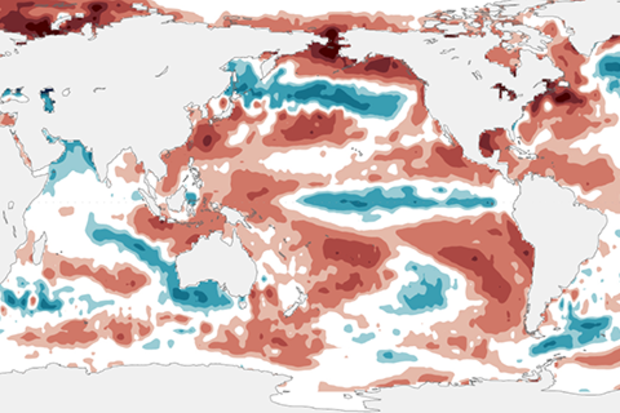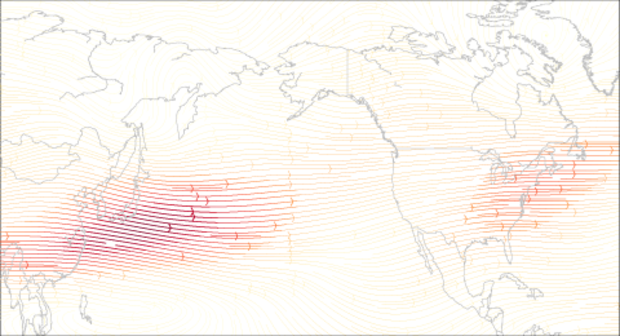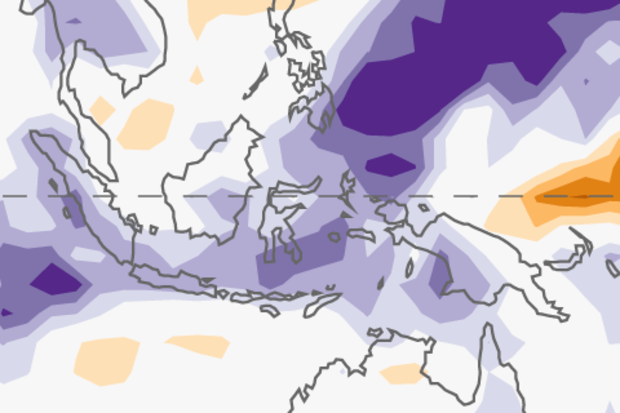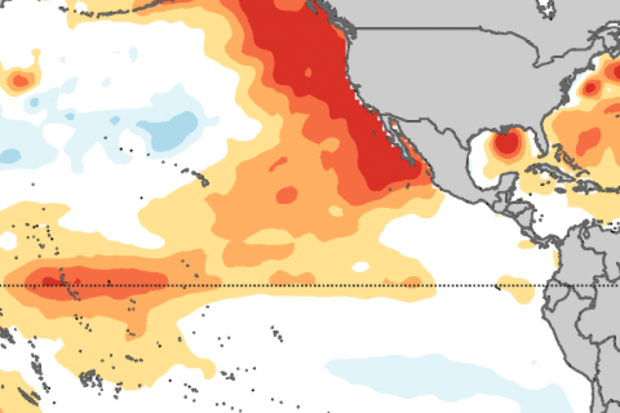ENSO Blog
This is a guest post by Dr. Ángel G. Muñoz who works at the Atmospheric and Oceanic Sciences Program at Princeton University and NOAA Geophysical Fluid Dynamics Laboratory. He focuses on the study of climate extremes and regional climate variability, predictability and model diagnostics, with an emphasis on Latin America and the Caribbean.
Imagine an orchestra playing your favorite concerto or film score, each instrument contributing its share to the entire piece. Sometimes one of them seems to lead the others, to become soon after just another thread in the musical tapestry, no more important than any other instrument.
Like in concertos, sometimes ENSO (El Niño-Southern Oscilla…
Read article
It looks like La Niña is on her way out, and neutral conditions are expected to take over by next month. While she’s still hanging around, let’s take a tour around the world in 80 lines (or so).
Starting right in the middle of things
The engine of ENSO (El Niño/Southern Oscillation, the whole El Niño & La Niña cycle) is the temperature of the ocean surface in the equatorial central and eastern Pacific. Since late summer 2016, the Niño3.4 region has been cooler than the long-term average. December was -0.72°C below average, a slight uptick relative to the month before.
As I’m sure you’ll recall, we assess ENSO on seasonal timescales, meaning the average over several months. T…
Read article
As Emily wrote two weeks ago, weak La Niña conditions are present and favored to continue through mid-winter of 2017. Even though the La Niña is weak and not expected to last very long, it is only fair here at the ENSO blog to give it and its impacts to the jet stream and to the United States some further elaboration.
So what about La Niña?
Yeah! What about La Niña? Can’t we show some love to the flip side of El Niño. In a previous post, Tony described, in detail, how El Niño can lead to global impacts through strengthening the Hadley Circulation where air rises near the equator, spreads towards the poles and sinks back to the surface in the subtropics (~30°N/S). This strengt…
Read article
La Niña’s clinging on by her fingernails! If last year’s big El Niño was likened by some (not us) to a certain monster lizard, this La Niña is more like a gecko. Weak La Niña conditions were present during November, and are favored to continue through the mid-winter. It’s looking more likely that the tropical Pacific will transition to neutral conditions by the January – March period.
The temperature of the ocean surface in the Niño3.4 region in the east-central tropical Pacific was about 0.9°C below average during November using the ERSSTv4 data set, and the September – November period was about 0.8°C below average. This is the third three-month period in a row below the La Niña threshol…
Read article
This is a guest post by Prof. Daniel J. Vimont (@DanVimont) of the University of Wisconsin Center for Climatic Research. His group focuses on mechanisms of climate variability and change, the intersection between weather and climate, and global and regional impacts of climate change. Apparently, he also likes to fly fish.
One of the things that climate scientists (not to mention disgruntled California residents who had been hoping for a drought-buster) can’t stop talking about is how the strong El Niño of 2015-16 just didn’t act like previous El Niños in many respects. Part of that discussion involves other climate patterns that operate in the Pacific Ocean and how they work to enhance o…
Read article
